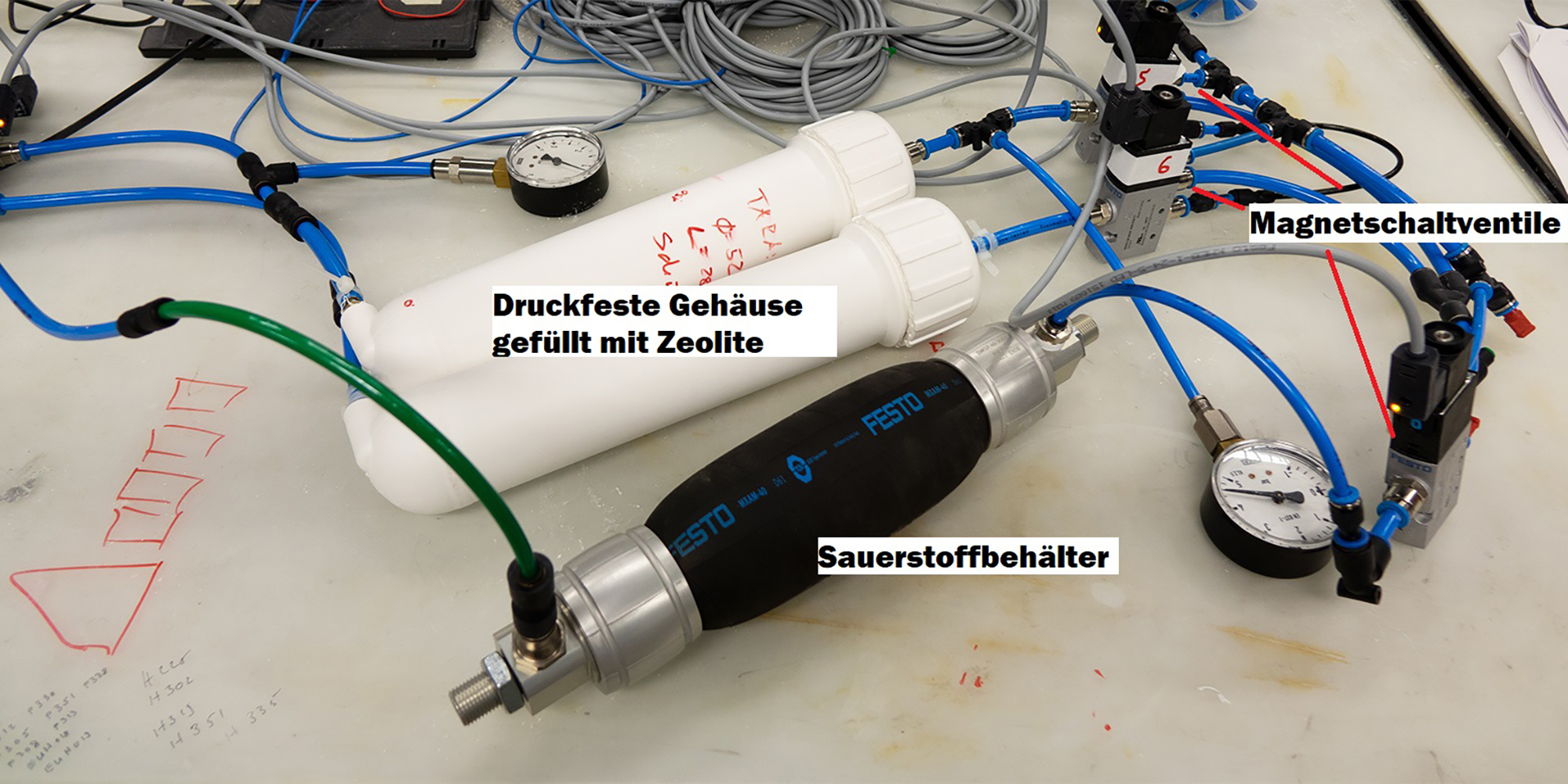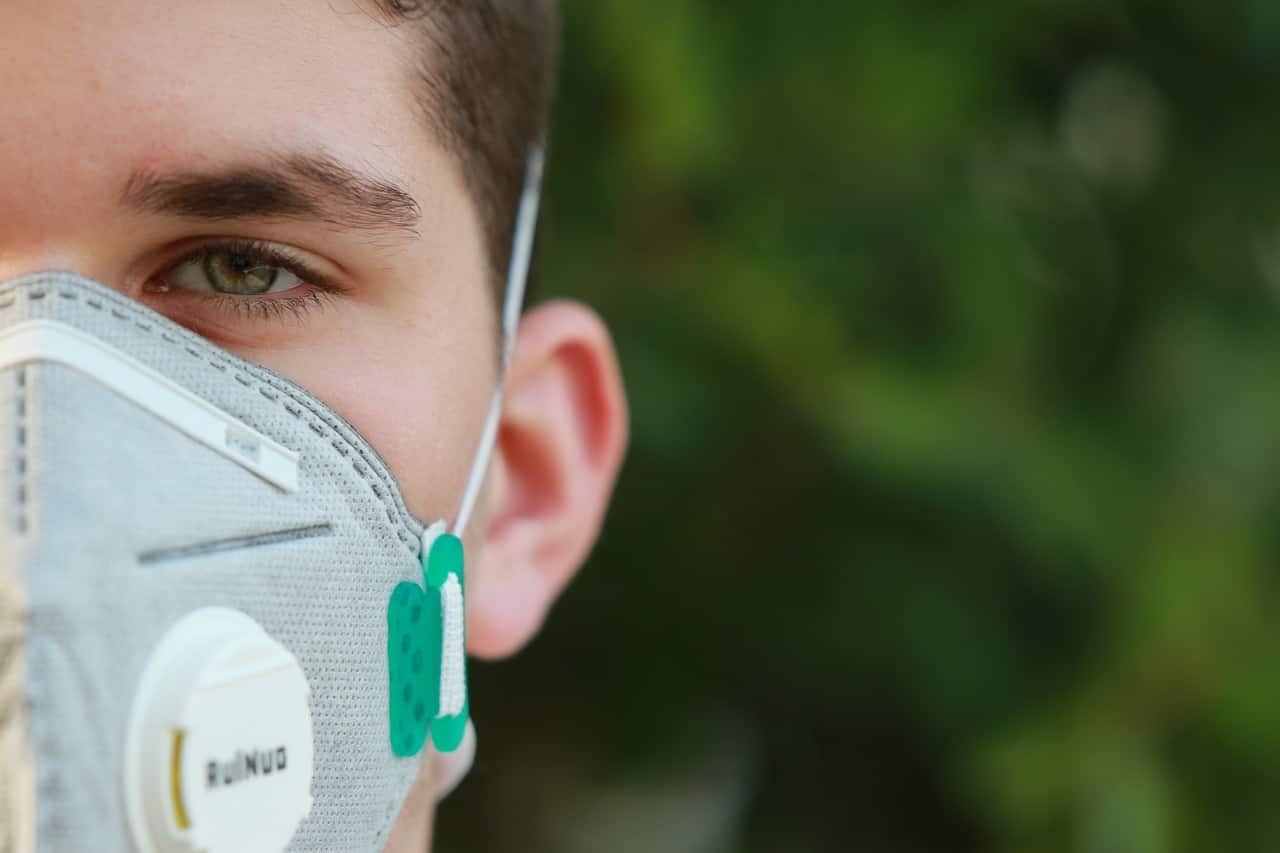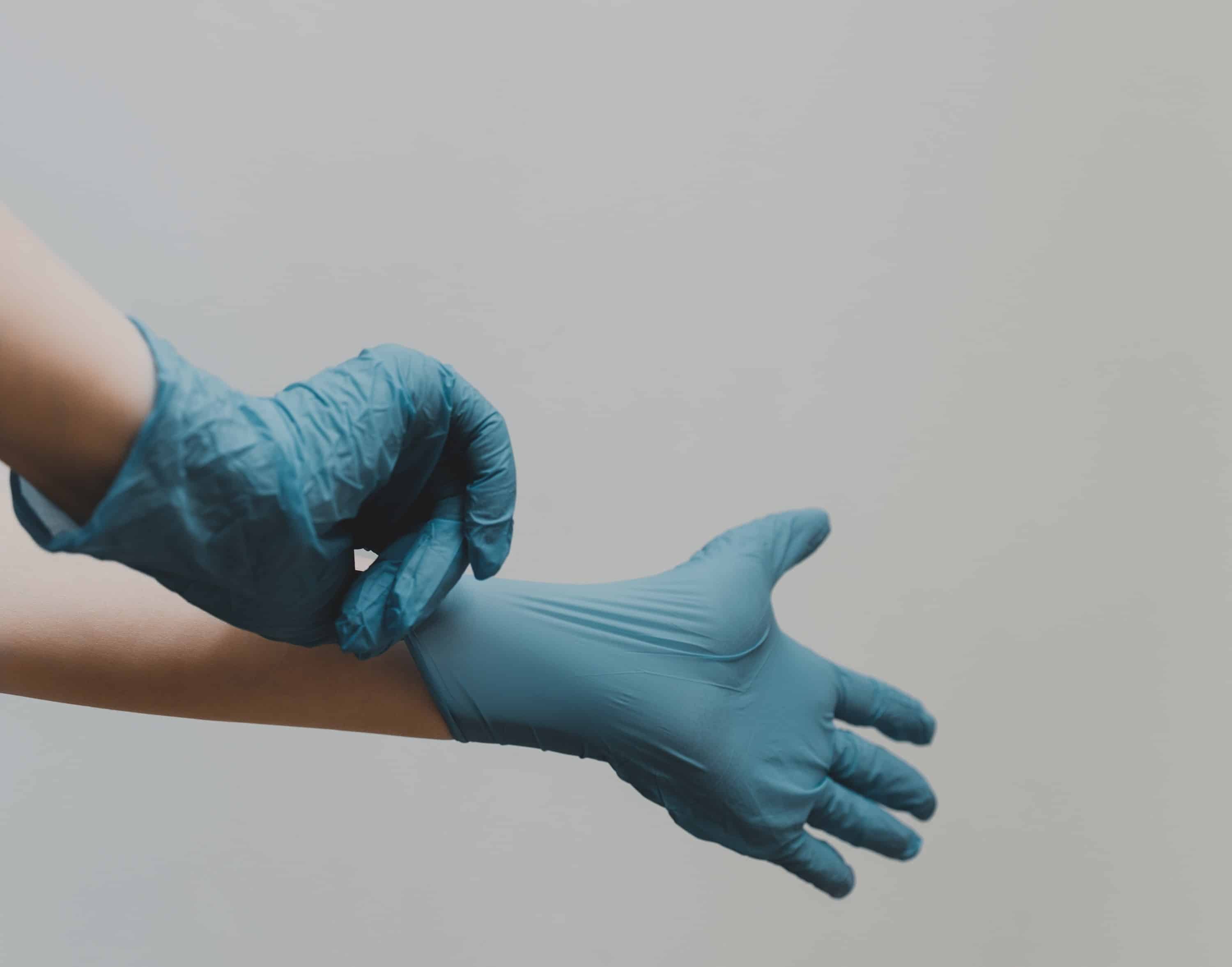
Effective drugs against COVID-19 have not yet been found. Until then, everything must be done to help patients survive this disease. Equipment – especially ventilators – play a decisive role in this. The treatment of corona patients requires a ventilator that can enrich oxygen; what is known as an oxygen concentrator. Swiss engineers from ETH Zurich have come up with a ventilator that can be built in low-income countries according to their design specifications.
In severe cases, the SARS-CoV-2 virus spreads to the lower respiratory tract. There it causes the body’s own immune system to attack the affected lung tissue. Patients subsequently suffer from breathing difficulties. “If half of the lung surface is damaged, twice as much oxygen is needed in the air we breathe to ensure that the body is adequately supplied with oxygen,” says Wendelin Stark, Professor at the Institute for Chemical and Bioengineering and Head of the Functional Materials Laboratory at ETH Zurich. This means that the air coming from the ventilator must be enriched with oxygen.
Novel oxygen concentrator
Engineers at ETH Zurich would like to help overcome the COVID-19 crisis by providing a novel type of oxygen concentrator. They are adopting two different strategies:
Samuel Hess and Elia Schneider from the ETH Zurich spin-off UniSieve have developed a novel membrane technology. This makes it possible to separate molecules of varying sizes from one another. The pore size of the membrane can be adjusted very precisely. This makes the platform technology versatile, co-founder Samuel Hess explains. Originally, they had developed a membrane that separates oxygen from nitrogen. Now they are converting this membrane into pressurized cylinders that can enrich oxygen using compressed air.
Oxygen concentrator with assembly instructions
Stark expects that low-income countries in particular will be affected by the scarcity of ventilators. That is why he wants to make an oxygen concentrator available as readily and inexpensively as possible – by providing design specifications for free. He and his team have already created several prototypes which they are currently upgrading and improving. They are publishing the design specifications and videos on the project’s website. With these instructions, the oxygen concentrator can be built in almost any place in the world – with inexpensive materials that are widely available. This technology allows independence from supply chains – especially since these have turned out to be unreliable during the COVID-19 crisis.
Lithium X-zeolite
As is the case with the commercially distributed equipment, the prototypes of Stark and his team also feature cylinders. These are filled with a material called lithium-X zeolite. It has very small pores and a special chemical structure. This allows the oxygen molecules in the air to pass through, while the nitrogen molecules are blocked. This therefore is all that is needed to force air through the cylinder in bursts in order to enrich the oxygen in the gas mixture.
The problem is that lithium X-zeolite is expensive – and is only available from highly specialized companies. Stark and his team have therefore produced the microporous material themselves – from a drying agent and lithium batteries. During the COVID-19 crisis, they have been working from home in their hobby rooms which have been temporarily converted into research laboratories.
Stark and his colleagues have calculated that three high-quality laptop batteries can produce enough lithium for a whole patient ward.
Contribution to the COVID-19 crisis
Stark is confident that his oxygen concentrator can also support healthcare systems in remote locations during the COVID-19 crisis. After all, there is a highly developed craft and workshop culture in low-income countries.
Click on this link for more information about the oxygen concentrator.
Also interesting:
The race for ventilators; even Formula 1 is involved
Automobile industry throws itself en masse into manufacturing medical equipment and face masks






